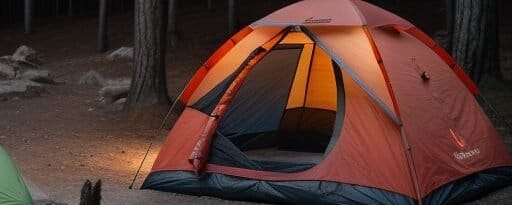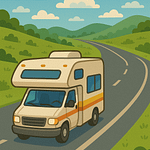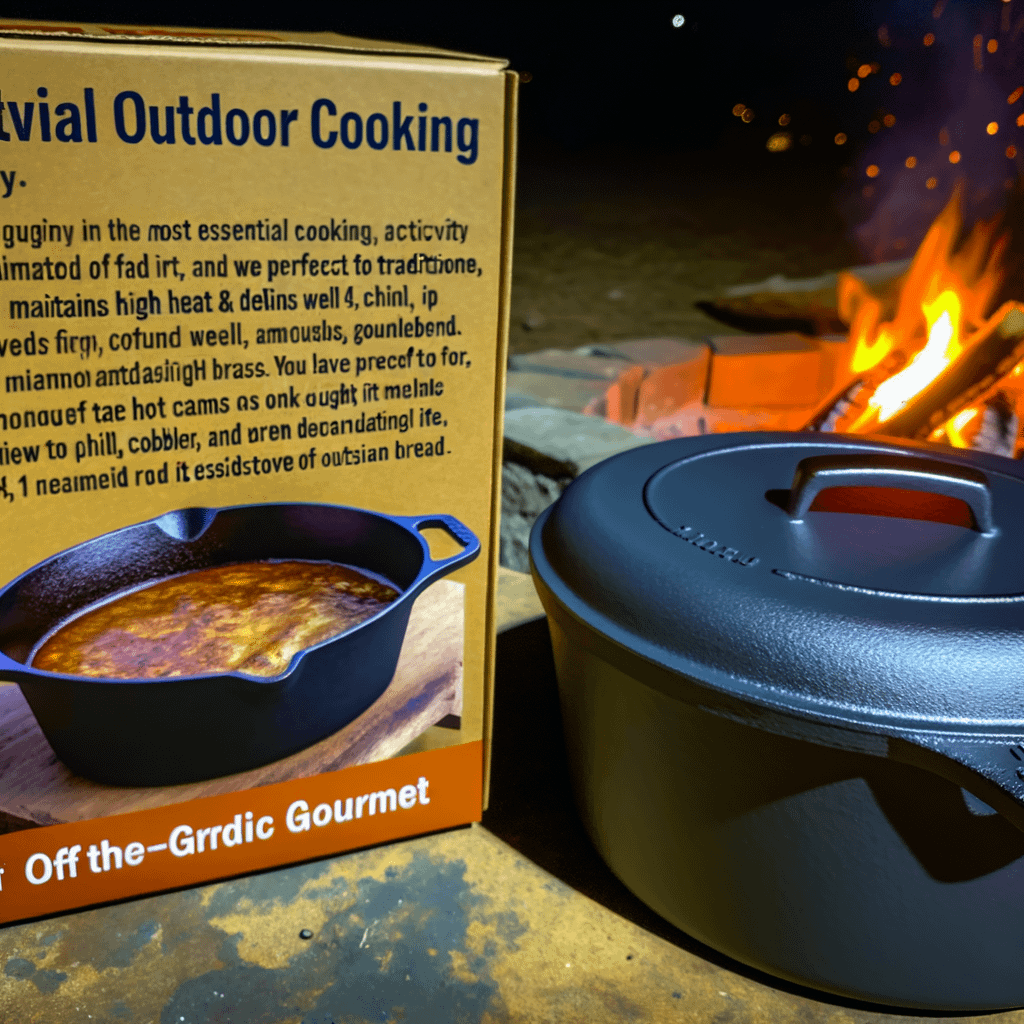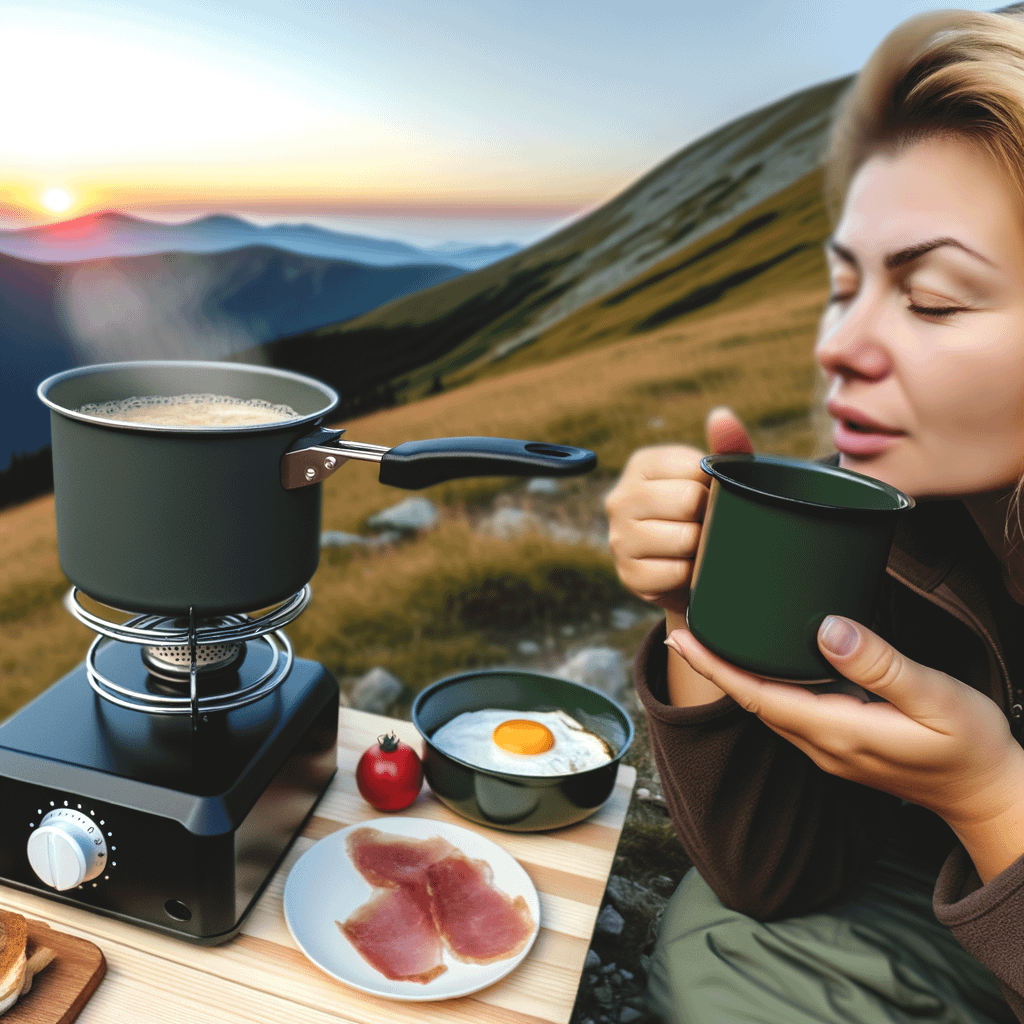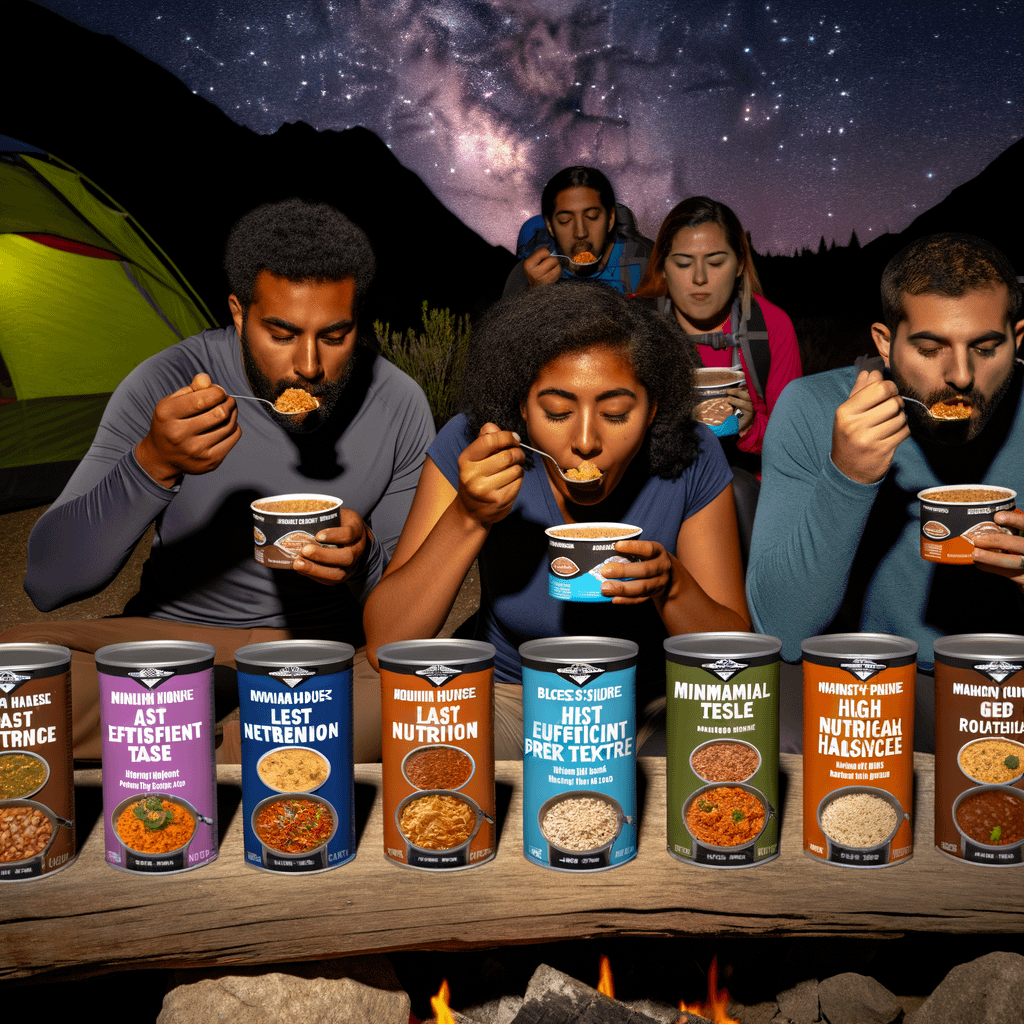Best Coolers for Camping: Keeping Food Fresh for Days in the Wilderness
“`html
Nothing kills a camping vibe faster than spoiled food or lukewarm drinks. Whether you’re going off-grid for the weekend or spending a week in the backcountry, keeping your food fresh is critical. In 2025, coolers are smarter, stronger, and more efficient than ever—which means there’s no excuse for soggy sandwiches or melted s’mores fixings.
Choosing the right camping cooler isn’t just about capacity; it’s about insulation performance, portability, durability, and even bear resistance. With modern technology and innovative designs, there’s a perfect cooler for every type of camper. This guide explores everything you need to know to find your perfect match.
Key Features to Look for in a Camping Cooler
When selecting a cooler for camping, the first big factor is ice retention. Top-tier coolers can keep ice frozen for up to 7–10 days, making them ideal for extended backcountry trips. Look for units with thick insulation and a tight seal around the lid.
Size matters too. A solo camper might get away with a 20–30-quart cooler, while families may need 60 quarts or more. Too small, and you’ll be stuffing it full. Too large, and you’ll waste space, ice, and energy.
Portability is a dealbreaker if you’re lugging gear through a forest or up a hill. Models with comfortable handles, wheels, or even backpack-style straps streamline the haul. Weight becomes increasingly important for backcountry treks.
Build quality affects how well your cooler performs over years of use. Models made with rotomolded plastic offer incredible durability and shock resistance—perfect for rugged adventures.
Proper drainage is another critical feature. Look for a cooler with an easy-access drain plug to remove melted ice without tipping the unit.
If you camp in bear country, select a bear-resistant certified model. Many national parks require this, and it ensures your food—and you—stay safe.
Extras like built-in cup holders, cutting board lids, and even integrated bottle openers can enhance your outdoor experience. Wheels and telescoping handles help with maneuverability, particularly on large units.
Types of Camping Coolers
Hard-sided coolers are your go-to for maximum insulation. Typically made from heavy-duty plastic, they offer the best ice retention and durability but can be bulky and heavy.
Soft-sided coolers use flexible materials like fabric and foam. They’re lightweight and easier to transport—but offer shorter ice retention. Great for short trips or picnics.
Electric coolers run on vehicle power or portable batteries and maintain set temperatures without ice. These high-tech solutions are perfect for car and RV campers looking for continuous refrigeration.
Backpack coolers blend portability and convenience, perfect for day hikes and quick getaways. They’re not ideal for long trips, but for mobility, they’re unmatched.
Top Picks: Best Camping Coolers Reviewed
Best Overall: YETI Tundra 65
Key Features: Virtually indestructible build, 3-inch PermaFrost insulation, bear-resistant latches, non-slip feet.
Pros: Incredible ice retention (up to 10 days), multiple size options, ultra-durable.
Cons: Heavy, expensive.
Ideal For: Serious campers investing in a lifelong piece of gear. Great for both car camping and multi-day wilderness trips.
Best Budget Option: Coleman Xtreme 5-Day Cooler
Key Features: Insulated lid and walls, cup holder lid, holds up to 84 cans.
Pros: Affordable, decent performance, built-in handles.
Cons: Not as durable, average build quality.
Ideal For: Casual campers looking for value without sacrificing too much performance.
Best for Long Trips: ENGEL High Performance Cooler
Key Features: Up to 10-day ice retention, airtight gasket, IGBC bear-resistant Certification.
Pros: Extreme durability, excellent insulation, marine-grade hardware.
Cons: Pricey, bulky.
Ideal For: Multi-day expeditions, backcountry missions, and river trips.
Best Electric Cooler: Dometic CFX3 45 Powered Cooler
Key Features: Runs on AC/DC or solar, app-controlled temp monitoring, no ice required.
Pros: Energy efficient, powerful cooling/freezing options, ideal for vehicle-based camping.
Cons: Expensive, needs a power source.
Ideal For: Van lifers, road trippers, glampers who want cold food without the ice hustle.
Best Soft Cooler: RTIC Soft Pack Cooler
Key Features: Waterproof zipper, puncture-resistant nylon, thick closed-cell insulation.
Pros: Lightweight, leak-proof, holds ice up to 5 days.
Cons: Smaller capacity, less rigid support.
Ideal For: Beach days, short hikes, and solo campers needing flexibility.
Best for Portability: ICEMULE Pro Backpack Cooler
Key Features: Roll-top design, backpack straps, ice retention up to 24–48 hours.
Pros: Comfortable to carry, waterproof, floats in water.
Cons: Limited capacity, not ideal for long-term storage.
Ideal For: Festival-goers, paddlers, or anyone covering ground on foot.
How to Maximize Cooler Performance in the Wild
Start by pre-chilling your cooler a few hours before adding food. This reduces initial thermal shock and extends ice lifespan.
Use a mix of block ice and ice packs. Blocks melt slower and cool more effectively. Layer items smartly—cold items on bottom, dry goods on top.
Try to minimize how often and how long you open the lid. Every moment open lets heat rush in, melting ice faster. Designate a “cooler captain” if camping in a group to limit unnecessary access.
Shade is your cooler’s best friend. Keep it out of direct sun to significantly slow down ice melt. A reflective cover or towel helps, too.
Coolers for Specific Camping Needs
Car Camping: Opt for large, hard-sided models like the YETI Tundra or ENGEL. Portability isn’t a major issue, and you benefit from maximum insulation.
Backpacking: Lightweight is essential. Backpack coolers like the ICEMULE or soft-sided models keep weight and bulk down without compromising chill.
Family Camping: Family trips need roomy coolers like the Coleman Xtreme or YETI 75+. The more mouths to feed, the higher your capacity needs.
Backcountry: Rugged terrain demands durability. Bear-resistant models, like the ENGEL or YETI Tundra, provide peace of mind and toughness.
Frequently Asked Questions
How long should a camping cooler keep food cold?
Top-tier coolers can keep food cold for 5–10 days, depending on conditions and usage. Always store it properly for maximum performance.
Are all coolers waterproof?
Most quality coolers are water-resistant or waterproof, but it’s smart to check the seal integrity. Soft coolers may be more leak-prone than hard-sided models.
Can I use dry ice in a camping cooler?
Yes, but only in models rated for dry ice. According to the U.S. Food and Drug Administration: “Dry ice can be used to keep foods cold in the absence of mechanical refrigeration, but must be handled with care.”
How do I clean and store a cooler after camping?
Rinse thoroughly with mild soap and warm water. Let it dry completely before storing. Use baking soda to neutralize strong odors.
Final Thoughts
An excellent cooler is more than just a box for ice—it’s an investment in safe food, better meals, and a more enjoyable outdoor adventure. From rugged beasts like the YETI Tundra to tech-savvy units like the Dometic CFX3, there’s a model for every style.
Think about your camping style—do you hike in, drive up, or ride out for days? Match the cooler to your environment and priorities.
Quality gear pays off. Don’t get stuck with soggy snacks and spoiled meat. Choose smart, and your cooler will have your back on every trail.
“`
